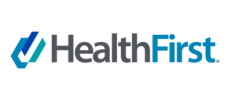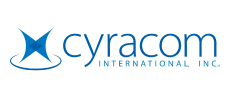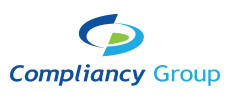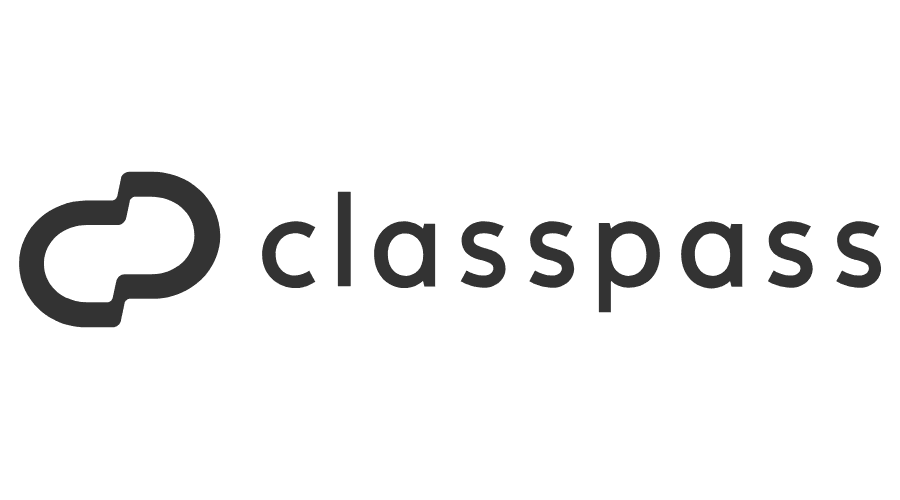EHC Issues Seven New Resources
Per the notice below, the Effective Health Care (EHC) program has issued seven new resources, including seeking public input on them.
Opportunity to Comment on Draft Reports
We encourage the public to participate in the development of our research projects. Comments can be submitted for:
Trauma Informed Care
(Available for comment until August 22, 2024)
The purpose of the review is to examine how Trauma Informed Care (TIC) and its components are defined and operationalized, and to examine the state of the evidence on effectiveness and potential harms of TIC approaches, frameworks, models, and components.
Opportunity to Submit Scientific Information
The Effective Health Care (EHC) Program is interested in receiving supplemental evidence and data (SEADs) for systematic reviews that are relevant to the questions in our evidence reports. To ensure that it has full access to relevant research, whether or not it is published, the EHC Program is interested in receiving SEADs containing detailed study-specific information. Opportunities to submit scientific information are available for:
Environmental, Clinical and Economic Outcomes of Hospital Resources to Prevent Hospital-Acquired Infections
(Available for submission until September 2, 2024)
Hospitals have long prioritized infection prevention while also aiming to limit operational expenses. More recently, environmental responsibility has emerged as an important value in healthcare. Balancing these often-competing interests of patient safety, cost minimization, and sustainability is a substantial challenge. One key issue at the nexus of these concerns is the choice hospitals routinely face between medical devices and patient care items that are approved as reusable or are authorized for single-use reprocessing (i.e., a validated process for cleaning, disinfecting, and/or sterilizing a given device or item before reuse), and products that are discarded after one use. While devices and items used only once are often promoted as a means to reduce the risk of hospital-acquired infections (HAI), they may increase hospital costs and lead to greater environmental impact. Conversely, reprocessed devices and items may be environmentally friendlier but incur direct and indirect costs associated with reprocessing, and potentially increase patient exposure to infectious pathogens. The Agency for Healthcare Research and Quality (AHRQ) is interested in the state of the science in respect to these issues and determined that a review of the evidence would inform programmatic planning. However, the evidence is broadly dispersed across research on infection prevention, device utilization, and environmental impact, and studies rarely focus simultaneously on clinical, economic, and environmental outcomes, which makes it difficult to synthesize findings. Additionally, the published literature consists primarily of non-randomized studies, life cycle assessments, modeling studies, and case reports, yielding results that cannot easily be compared. Moreover, many single-use products and reprocessing procedures have been developed relatively recently, and research is still emerging. Given these challenges, a traditional systematic review with meta-analyses and strength of evidence ratings might not be a feasible or appropriate approach to evaluating the evidence. Therefore, we will develop a Technical Brief that aims to summarize the current landscape of evidence and identify key knowledge gaps, to inform and facilitate future research and programming.
(Section 944 (c) of the Public Health Service Act [42 U.S.C. 299c 3(c)] requires that information collected for research conducted or supported by AHRQ that identifies individuals or establishments be used only for the purpose for which it was supplied unless they consent to the use of the information for another purpose.)
Protocols Now Available
Patient safety research is growing, spanning across more healthcare settings, and considers a wide array of contextual factors. The combination of emerging patient safety threats and the growing amount of published patient safety research, patient safety resources, and accrediting body standards makes it increasingly difficult to prioritize adoption and implementation of evidence-based practices. AHRQ’s fourth iteration of Making Healthcare Safer intends to address this issue by publishing rapid evidence reports of patient safety practices and topics as they are completed. The timely ongoing release of reports will aid healthcare organization leaders in prioritizing implementation of evidence-based practices in a timelier way. These reports also will help researchers identify where more research is needed and assist policymakers in understanding which patient safety practices have the supporting evidence for promotion. The following protocols are available:
Making Healthcare Safer IV: High Reliability Organization (HRO) as a Patient Safety Practice
Making Healthcare Safer (MHS) IV: Patient Monitoring Systems to Prevent Failure to Rescue
Making Healthcare Safer IV: Supply Chain Disruption Monitoring Programs
Making Healthcare Safer IV: Use of Structured Handoff Protocols for Intrahospital Transitions
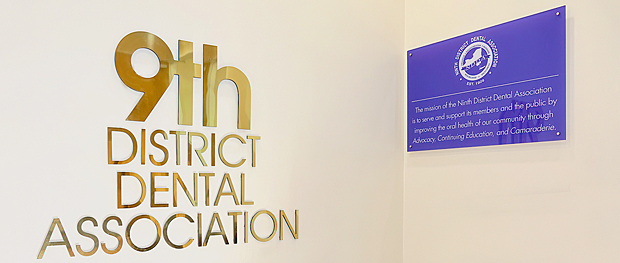



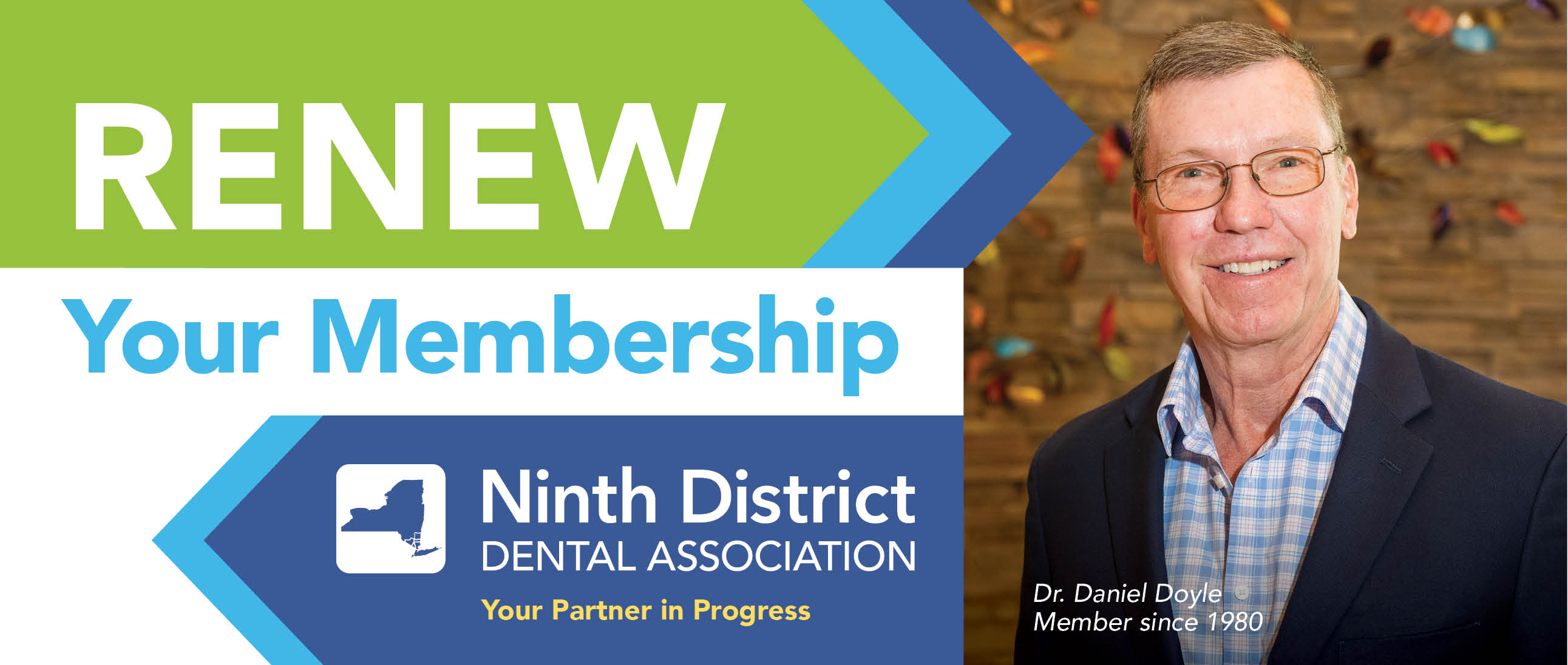






.png?sfvrsn=4447de7f_1)








